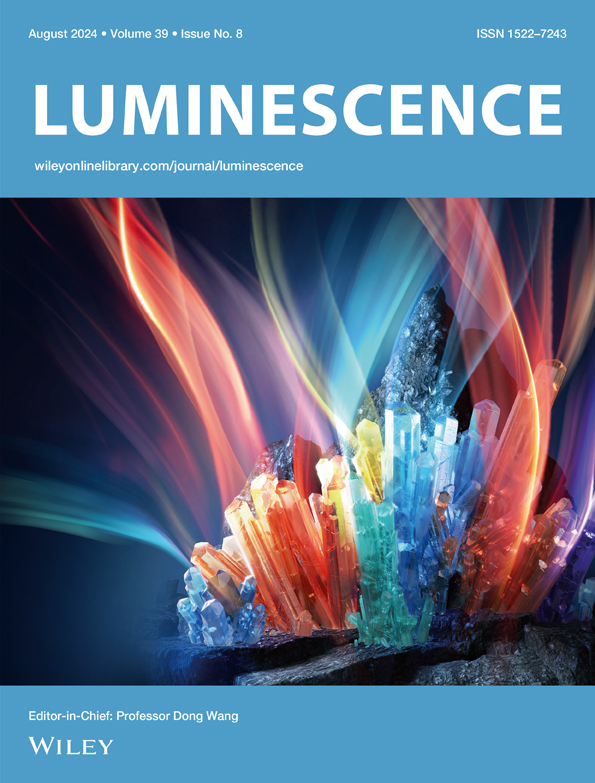Investigation on Optical, Thermal, and Fluorescence Studies of Iron Nickel Magnesium Tetraoxide (FeNiMgO4) Nanocomposites for Light-Emitting Diode Devices
Abstract
The iron nickel magnesium tetra-oxide (FeNiMgO4) nanocomposites (NCs) first reported in this article were synthesized using the sol–gel method. For investigation using powder X-ray diffraction (PXRD), the presence of a cubic structure is confirmed. In Raman spectroscopy, the vibrational modes are investigated. The functional groups were determined via FTIR analysis. Using a UV–Visible-NIR spectrophotometer, the absorbance spectrum was determined. There is only one absorption peak visible at 760 nm for the FeNiMgO4 NCs. Differential Scanning Calorimetry (DSC) analysis determines how a chemical decomposes at temperatures higher than a certain threshold in degrees Celsius. The TGA method can be used to examine the thermal stability of a material. The surface morphology is identified by utilizing scanning electron microscopy (SEM). The elemental or chemical composition can be ascertained by EDAX analysis. It is possible to examine surface features using the FeNiMgO4 NCs used for XPS analysis. Fluorescence (FL) analysis uses ultraviolet light to excite molecules, which results in the emission of longer wavelength visible light, in order to detect and quantify fluorescence. The time observed the FL emission peak of FeNiMgO4 NCs is first observed at 501 nm in this article, and a short wavelength with a wide bandgap can be applied to LED applications.



 求助内容:
求助内容: 应助结果提醒方式:
应助结果提醒方式:


